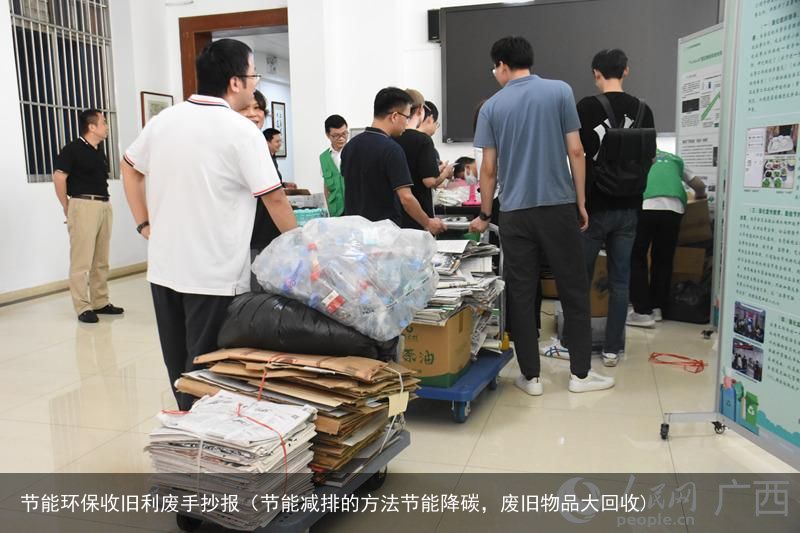走进论文:《制造企业主动性绿色供应链管理》5 节能减排生态设计
 走进论文:精读博士论文《制造企业主动性绿色供应链管理实践剖析与绩效提升 》5 面向客户生产过程节能减排的生态设计价值创造模型研究.mp32:38来自LearningYard学苑
走进论文:精读博士论文《制造企业主动性绿色供应链管理实践剖析与绩效提升 》5 面向客户生产过程节能减排的生态设计价值创造模型研究.mp32:38来自LearningYard学苑分享兴趣,传播快乐,增长见闻,留下美好!亲爱的您,这里是LearningYard学苑。
今天走进论文栏目为大家带来走进论文:《制造企业主动性绿色供应链管理实践剖析与绩效提升 》的第五章 面向客户生产过程节能减排的生态设计价值创造模型研究 部分解读,欢迎您的用心访问!本期推文时长大约3分钟,请您耐心阅读。
Share interest, spread happiness, increase knowledge, and leave beautiful. Dear, this is the Learing Yard Academy!
Today, enter the thesis column brings you the paper: Chapter 5 of "Manufacturing Enterprises Active Green Supply Chain Management Practice,Research on value creation model of ecological design for energy conservation and emission reduction in customer production process. Welcome to visit! This tweet usually takes about 3 minutes to read. Please read patiently.

第五章节,作者先描述了现阶段的问题。由于设计位于生产创造过程中的前面阶段,制造商从生产创造阶段考虑产品对环境的影响,能有效减少后续进展的能源消耗和污染排放。
In the fifth chapter, the author first describes the problems at this stage. Since design is at the front stage of the production creation process, the manufacturer considers the impact of products on the environment from the production creation stage, which can effectively reduce the energy consumption and pollution emissions of subsequent progress.
供应链上游企业接收到订单后并没有动力去耗费物资与精力来进行绿色生态设计。一方面,进行生态设计会消耗一定的成本,而获益方却是下游客户;另一方面,这种生态设计并不会为下游的客户带来额外的销售量,因而下游客户也不会通过增加产品订单量来“回馈”给上游企业。
After receiving the order, the upstream enterprises of the supply chain have no power to spend materials and energy on green ecological design. On the one hand, ecological design will consume certain costs, while the beneficiaries are downstream customers; On the other hand, this ecological design will not bring additional sales to downstream customers, so downstream customers will not "feed back" to upstream enterprises by increasing product orders.
因此,提高上游企业的生态设计积极性,建立上下游企业的联系,是需要关注的问题。在这一部分,作者引入了“成本共担-收益共享”契约来帮助提供科学的决策。
Therefore, improving the enthusiasm of upstream enterprises in ecological design and establishing the relationship between upstream and downstream enterprises are issues that need attention. In this part, the author introduces the "cost sharing revenue sharing" contract to help provide scientific decision-making.

作者构建了由一个制造商和一个企业客户组成的博弈模型,对无生态设计、分散决策时开展生态设计、集中决策时开展生态设计三种博弈模型进行了讨论。
其中,分散决策和集中决策的定义如下:
The author constructs a game model consisting of a manufacturer and an enterprise customer, and discusses three game models: non ecological design, ecological design when decentralized decision-making, and ecological design when centralized decision-making.
The definitions of decentralized decision-making and centralized decision-making are as follows:

分散决策和集中决策都是决策的方式,只不过考虑的主体不同。
Decentralized decision-making and centralized decision-making are both ways of decision-making, but different subjects are considered.
在这个博弈模型中,作者考虑到的参数如下,可以为今后建立博弈模型选取参数这方面提供思路。
In this game model, the parameters considered by the author are as follows, which can provide ideas for establishing a game model in the future and selecting parameters.

END
今天的分享就到这里了,如果您对文章有独特的想法,欢迎给我们留言。让我们相约明天,祝您今天过得开心快乐!
Thats all for todays sharing. If you have a unique idea about the article, please leave us a message, and let us meet tomorrow. I wish you a happy day!
参考资料:Deepl翻译、百度
参考文献:刘军军. 制造企业主动性绿色供应链管理实践剖析与绩效提升[D]. 上海: 上海交通大学, 2020.
本文由LearningYard学苑整理并发出,如有侵权请在后台留言沟通!





